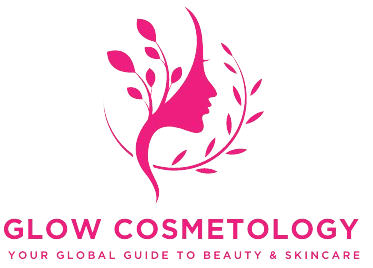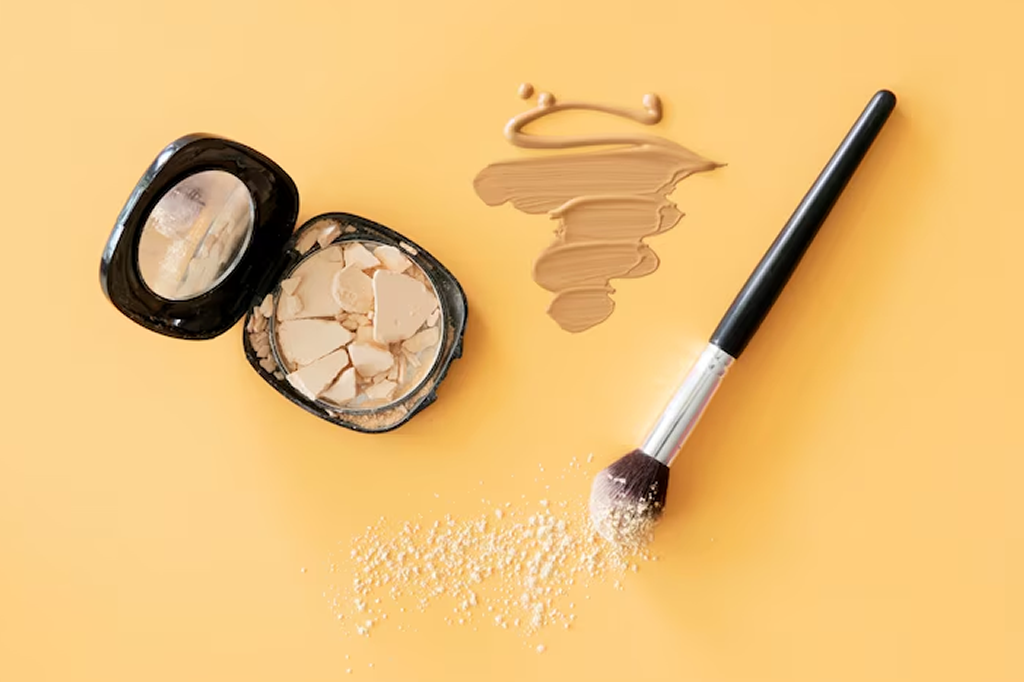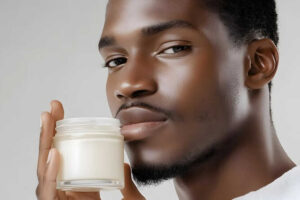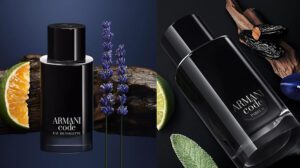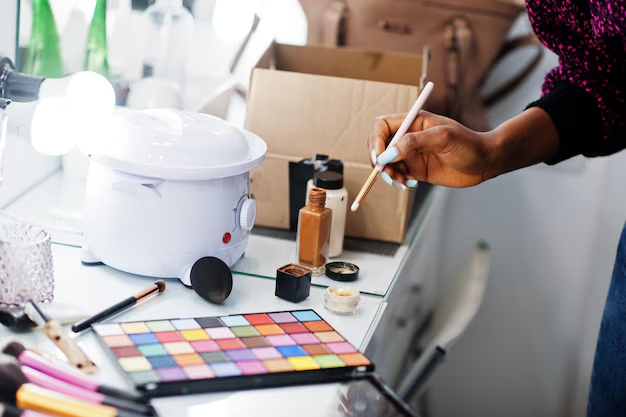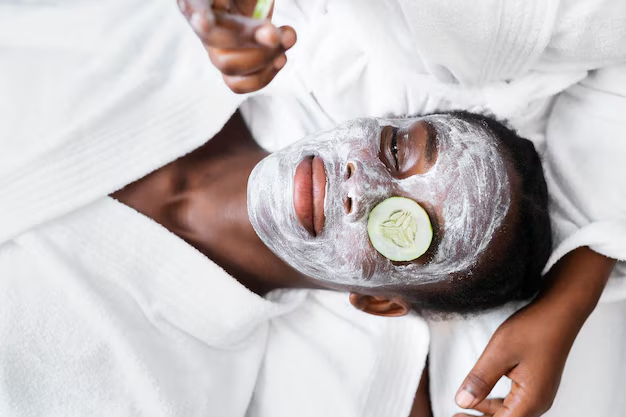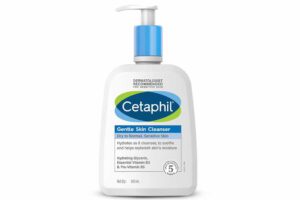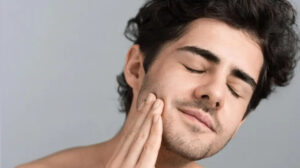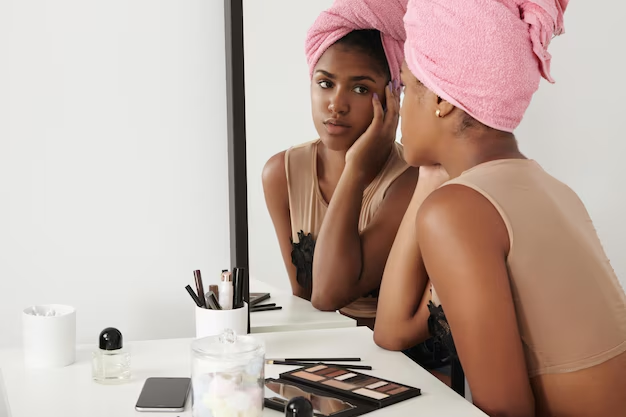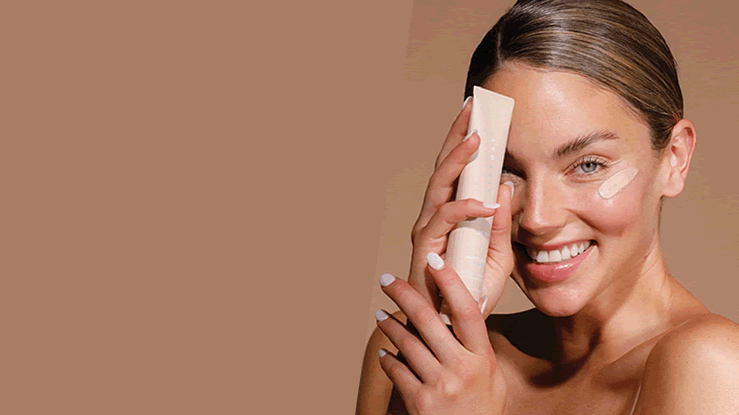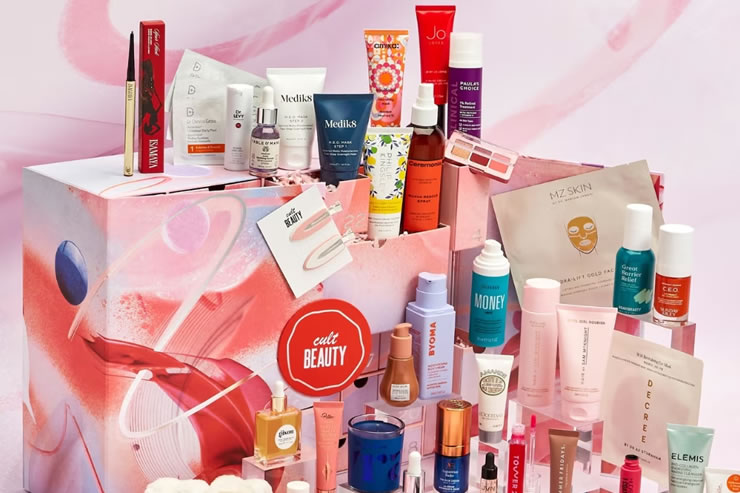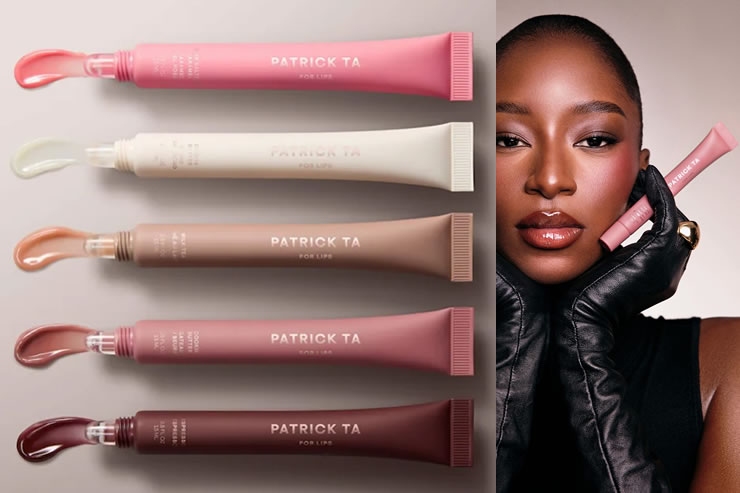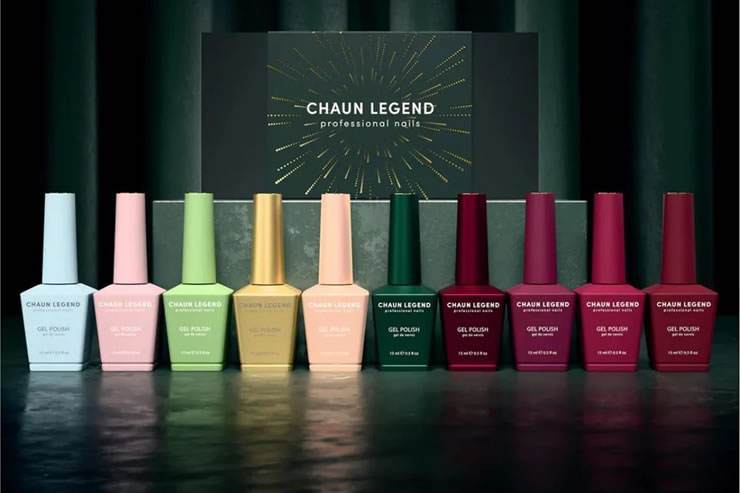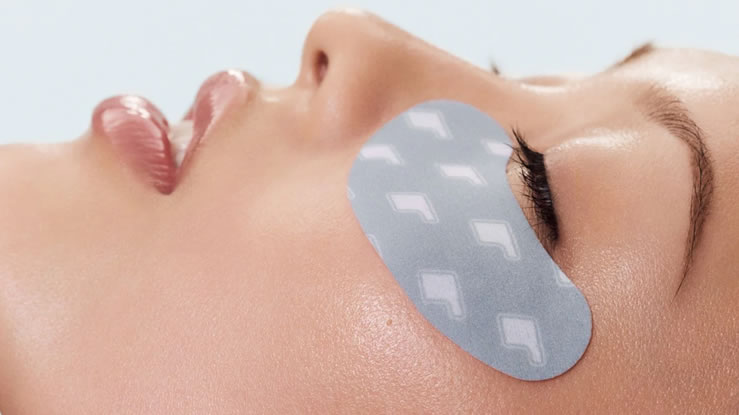Professional makeup artists work with multiple clients and need their brushes to be spotless for every application. Keeping brushes clean is not just about makeup performance but also about hygiene and protecting clients’ skin from breakouts and infections. But how do these pros maintain pristine brushes day in and day out? Here’s an inside look at how professional makeup artists clean their tools and keep them ready for action.
Daily Spot Cleaning
Professional makeup artists use their brushes on different clients throughout the day, so quick cleaning between clients is essential. Spot cleaning removes surface makeup, bacteria, and oils, ensuring the brushes are sanitized and ready for immediate reuse. Here’s how they do it:
- Use a Quick-Drying Brush Cleaner: Fast-drying solutions, like Cinema Secrets Makeup Brush Cleaner or MAC Brush Cleanser, are favorites in the industry. They remove product buildup and dry within minutes, making them perfect for on-the-go cleaning.
- Spray and Wipe: A small amount of cleaner is sprayed onto a tissue or directly onto the brush, followed by gently wiping the brush until no more product comes off.
- Disinfecting in Between: Some artists follow up with a light mist of isopropyl alcohol for added disinfection.
Deep Cleaning at the End of the Day
While spot cleaning is essential during work, professional makeup artists still perform deep cleaning after their gigs to thoroughly cleanse and disinfect brushes. Deep cleaning removes the leftover oils, creams, and powders that spot cleaning doesn’t catch. Here’s how they tackle the job:
- Step 1: Wet the Bristles: The brush is first rinsed under lukewarm water, ensuring the water runs down the bristles to avoid soaking the brush’s handle, which can weaken the glue holding the bristles.
- Step 2: Use a Brush-Specific Cleanser or Gentle Soap: Many pros prefer specialized brush cleansers like Beautyblender Solid Blendercleanser or gentle baby shampoo. These are massaged into the bristles, breaking down stubborn makeup residue.
- Step 3: Scrubbing with a Cleansing Mat: For extra-deep cleaning, makeup artists often use a silicone brush cleansing mat or glove with textured surfaces. The brush is swirled on the mat, allowing the textures to dislodge makeup and dirt stuck between the bristles.
- Step 4: Rinse and Squeeze: Once the brush is thoroughly scrubbed, it’s rinsed under lukewarm water until no more soap or makeup runs out. The excess water is gently squeezed out of the brush.
- Step 5: Reshape and Lay Flat to Dry: After squeezing the water, the bristles are reshaped, and the brush is laid flat or propped at an angle to dry. Brushes should never dry standing up, as water can seep into the handle, causing damage.
Disinfection and Sanitization
Since professional makeup artists work with multiple clients, sanitizing brushes is crucial to prevent the spread of bacteria and infections. This step is especially important for brushes used on sensitive areas like the eyes and lips. Here’s how pros sanitize their tools:
- Isopropyl Alcohol: For deep disinfection, makeup artists dip the bristles into 70% or higher isopropyl alcohol, which kills bacteria and germs. This method is used after cleaning to ensure the brushes are completely sanitized.
- UV Sterilizers: Some makeup artists go the extra mile by using UV light sterilizers to kill bacteria and ensure their brushes are completely disinfected.
Using Disposable Applicators
For high-traffic jobs like runway shows, weddings, or editorial shoots, professional makeup artists sometimes use disposable applicators for certain products, especially for mascara, lip gloss, and liquid eyeliner. These single-use applicators eliminate the need for deep cleaning and ensure the utmost hygiene.
Weekly Maintenance for Cream and Liquid Brushes
Brushes used for creams and liquids, such as foundation and concealer, are prone to holding more product and require extra care. Professional makeup artists pay special attention to these brushes by cleaning them more thoroughly and more frequently.
- Oil Cleansing for Extra Residue: Oil-based cleansers, like olive oil or professional brush oils, help break down sticky residues that soap alone can’t remove.
- Deep Conditioning for Softness: After deep cleaning, some makeup artists like to condition their brushes using a bit of conditioner or oil to keep the bristles soft and smooth.
Drying and Storing Properly
Drying brushes properly is crucial to maintaining their shape and integrity. Here’s what professionals do:
- Drying at an Angle: After deep cleaning, brushes are laid flat or at an angle, with the bristles pointing down to prevent water from seeping into the ferrule and handle, which can loosen the glue.
- Brush Guards: To keep the shape of their brushes intact, many pros use brush guards while the brushes dry. These cylindrical, mesh-like covers slide over the bristles and help keep them in place.
- Proper Storage: Once the brushes are dry, they’re stored in a clean, dry place, often in brush rolls or pouches, to protect them from dust and dirt until their next use.
Professional makeup artists know that keeping brushes clean is key to flawless makeup applications and client safety. From quick spot cleaning with fast-drying cleansers to thorough deep cleaning and disinfection at the end of the day, these experts take every measure to ensure their tools are as pristine as possible. Whether you’re a professional or a makeup lover, adopting these practices can elevate your makeup routine and keep your brushes in perfect shape.
